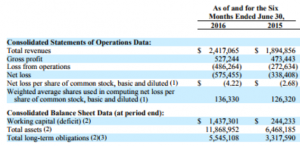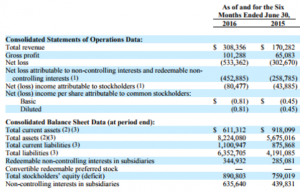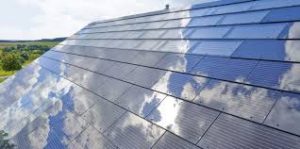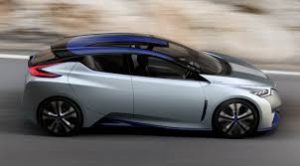Last week I wrote about Tesla’s launch of the Model 3 as a milestone in the coming of the electric vehicle. This week I want to focus on another part of Tesla’s business which is about retrofitting homes (an building new ones) to be more efficient and even produce their own energy.
From Solar City to Tesla Energy
According to the company history, or legend, Elon Musk and his two cousins came up with the idea for Solar City while driving to Nevada’s Burning Man Festival in 2006. The essence of the idea was to build a company which would pay up front for solar panels and then lease them to customers as a way to increase the rate at which people would adopt the technology.
Over the years, Peter and Randon Rive expanded the business model and built the company into a leadership position in the solar installation market with over 15,000 employees and a market capitalization of over $ 5 billion by the end of 2015.
On the other hand, like Tesla itself, Solar City is highly leveraged and loses money. Many analysts were extremely critical of the merger and even questioned the governance issues involved as Elon Musk was Chairman of both companies. One commonly held view is that the operation was really a rescue disguised as a merger. To really dig into the question, the best thing is to actually read the proxy statement which you can find here.


In the end shareholders voted with Musk and 85% of them approved the $2.6 Billion valuation. What the shareholders are buying into is a vision for the future in which homes will be powered by solar panels and eventually solar tiles on the roof coupled with an advanced battery unit (power wall). The electric car will both be charged by the house at night and also provide additional battery capacity to the entire system.
 Tesla is already taking orders for its solar roof tiles although it is unclear where the cost for this product, which would replace shingles and other roofing materials, will end up.
Tesla is already taking orders for its solar roof tiles although it is unclear where the cost for this product, which would replace shingles and other roofing materials, will end up.
Solarcity is now part of Tesla energy which is also developing large battery solutions for the utilities.
The batteries will be manufactured in Tesla’s enormous factory which is currently under construction in Nevada.
Not Alone
What is less obvious is that Tesla is not alone in the move to make houses super efficient. Dow chemical and roofing giant Certain Teed both make solar roof tiles and Scientific American points out that local subsidies has made these products competitive with more traditional roofing options.
Other technologies include super efficient appliances and forced air heating systems which use air ducts, sensors and microprocessors to optimize the airflow in a house and reduce its energy consumption.
A key element to such a system is the backbone electrical management system which is a bit more complex than the circuit breakers that most of have in our houses and is offered by firms such as Schneider Electric. Such systems include advanced sensors and electronics and even can monitor the cost and price of electricity on the grid to buy and sell power automatically when it is advantageous to do so.

Tesla is also not alone in the battery segment and Nissan, which was actually the number one manufacturer of electric cars in 2016, is also offering home energy products based on the batteries of the Nissan Leaf. One interesting development is the interest in Nissan Dealers to branch out into the home energy market.
We will see if and when Tesla manages to take its increasingly strong position and turn it into a money making proposition. Regardless, energy efficiency will spread to our homes, offices and factories and this will be a good thing for the planet as well as a profitable market segment in its own right.

